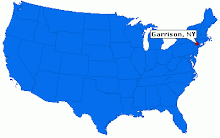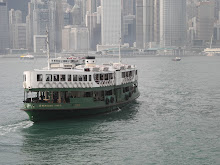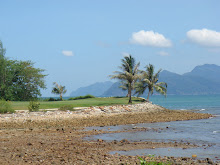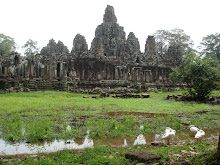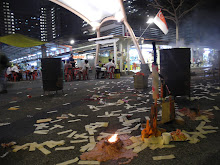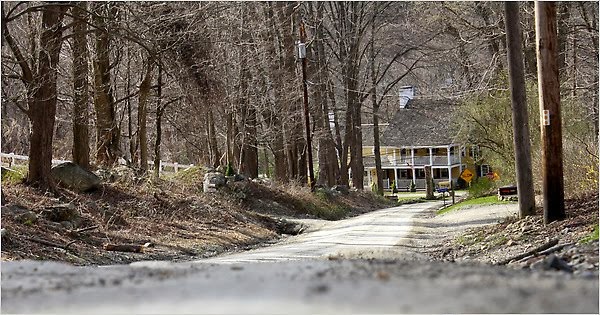
A brief history of Hong Kong in 500 words or less. My sister, Valerie, an adjunct professor of English, gave me that assignment. “And don’t forget to make me laugh,” she directed. What’s funny about Opium Wars and flags? If anyone knows Valerie, they know she can find the humor in history. Me? Not so much, but I’m handing it in anyway, as it counts for half my grade this semester.
The Chinese consider the Opium Wars to be the beginning of their modern history. Therefore, my three-act history of Hong Kong Island will skip the B.C. building years of the Great Wall and pass over the years of the Silk Road to begin with the end of the last dynasty of China: Qing.
Here’s the dope on Hong Kong:
Act I: Lotus Eaters
 1800s England-China trade relations were unbalanced. England bought more from the Qing Dynasty of China than it sold to it. To correct the imbalance, the Brits started selling opium to their masses. In order to control the spread of tar, the Chinese confiscated (read: stole) the British imports. The Brits didn’t care so much that the Chinese wanted to control the dream stick, what they did object to was the seizure of their ships. War erupted in 1839 and lasted until 1842. The Opium War was a violent conflict fought for better diplomatic relations, trade, and the administration of justice. The dynasty lost. It signed the Treaty of Nanking and ceded Hong Kong Island to the Union Jack.
1800s England-China trade relations were unbalanced. England bought more from the Qing Dynasty of China than it sold to it. To correct the imbalance, the Brits started selling opium to their masses. In order to control the spread of tar, the Chinese confiscated (read: stole) the British imports. The Brits didn’t care so much that the Chinese wanted to control the dream stick, what they did object to was the seizure of their ships. War erupted in 1839 and lasted until 1842. The Opium War was a violent conflict fought for better diplomatic relations, trade, and the administration of justice. The dynasty lost. It signed the Treaty of Nanking and ceded Hong Kong Island to the Union Jack.John Quincy Adams had this to say about the Opium War: The cause of the war is the kowtow - the arrogant and insupportable pretensions of China that she will hold commercial intercourse with the rest of mankind not upon terms of equal reciprocity, but upon the insulting and degrading forms of the relations between lord and vassal.
Like Hollywood blockbusters, wars seem to come in pairs. A second Opium War ran from 1856 to1860. The previous treaty failed to meet England’s objective. After, Hong Kong remained under the Khakis’ rule. In 1898, the Brits leased the island from the Chinese for 99 years. When the WWII broke out, the Japanese occupied the island. In China, the prequel to WWII was in the 1930s, when a conflict with the Land of the Rising Sun had thousands fleeing the mainland for protection on the island. By the end of WWII the population of nearly two million Hong Kong citizens had dwindled to just 600,000.
In 1946, the Union Jack once again rose over the island. Hong Kong began its rise. Population, production, and prosperity grew. So, too, did the number of refugees from the mainland escaping the civil war between the Nationals and the Communists.
Act II: The Good Earth
 History is lousy with civil wars and conflicts. With international battles behind them, Hong Kongers under British leadership focused their attention on peace and prosperity. The 1950s were a time of growth. Textiles, printing, and light industry on the island put people to work, money in pockets, and babes in arms. Through the years, there was some civil discord and workers’ demands for better pay and conditions. Riots broke out in the late 1960s fueled by China’s Cultural Revolution, but by the 1970s, living conditions improved and unrest subsided. Hong Kong became a powerhouse in the region and established itself as the “Asian Tiger.”
History is lousy with civil wars and conflicts. With international battles behind them, Hong Kongers under British leadership focused their attention on peace and prosperity. The 1950s were a time of growth. Textiles, printing, and light industry on the island put people to work, money in pockets, and babes in arms. Through the years, there was some civil discord and workers’ demands for better pay and conditions. Riots broke out in the late 1960s fueled by China’s Cultural Revolution, but by the 1970s, living conditions improved and unrest subsided. Hong Kong became a powerhouse in the region and established itself as the “Asian Tiger.” As the island developed, Sino-British talks of the future of Hong Kong increased. The 99-year lease would expire in 1997. A Joint Declaration was signed, stating that Hong Kong would be part of the communist-led country but retain its capitalist economic system and keep its somewhat democratic political system for 50 years after the handover.
Then, in 1989, pro-democracy demonstrators in Beijing’s Tiananmen Square were massacred. Talks of democratic safeguards for Hong Kongers took urgency.
Act III: Joy Luck Club
 In July 1997, after 150 years under British rule, the Union Jack was lowered and the island fell under Beijing’s control. In a ceremony marking the handover, the new Bauhinia Orchid flag was raised with the help of a fan to blow it so it so it would fully unfurl and majestically wave. With the British governor out and its new director, or Chief Executive, in, Hong Kong was open for business.
In July 1997, after 150 years under British rule, the Union Jack was lowered and the island fell under Beijing’s control. In a ceremony marking the handover, the new Bauhinia Orchid flag was raised with the help of a fan to blow it so it so it would fully unfurl and majestically wave. With the British governor out and its new director, or Chief Executive, in, Hong Kong was open for business. Under the “one country, two-system rule,” Hong Kong was declared a Special Administrative Region (SAR). Although the 1st Chief Executive was hand-picked by Beijing, elections were held for a new Legislative Council (LegCo). Pro-democracy candidates took the majority of seats and still hold the majority today.
As with any fledgling government, breakouts occur. Citizens take to the streets every July to mark the anniversary of the handover and there’s a separate date on which citizens remember the slaughter in Tiananmen Square. Mass protests erupted after Beijing introduced an anti-subversion law, Article 23, in response to the Falun Gong spiritual movement. Pope Benedict XVI appointed an outspoken advocate of democracy as cardinal to Hong Kong’s Catholics, and Beijing issued a strong warning for the leader to stay out of politics, which sparked a rally for full democracy. Last month, tens of thousands of demonstrators marched against a Beijing-backed moral and national education curriculum.
Protests and pro-democracy demonstrations can only last for so many years. According to the Joint Declaration, 50 years after the 1997 handover, Hong Kong will lose its SAR status and become just another city in Communist China. Rallies and sit-ins are sure to continue until 2047, when a new flag will fly over the island.

